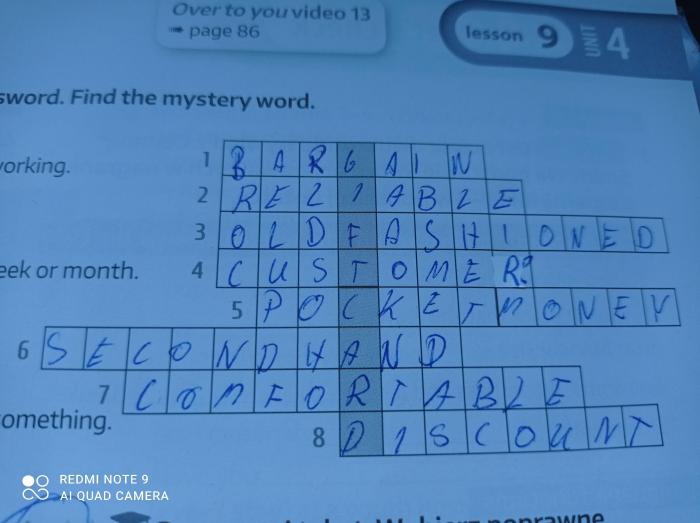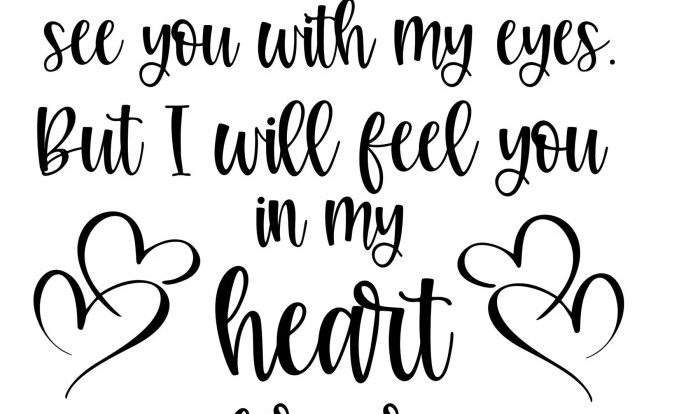Put a good face on crossword – Prepare to delve into the intriguing world of the idiom “put a good face on,” as we uncover its origins, explore its versatile usage, and unveil its captivating presence in the realm of crossword puzzles. Embark on this linguistic journey with us, and let the words paint a vivid picture of this expressive phrase.
Throughout this exploration, we’ll navigate the diverse contexts where this idiom finds its place, unravel its subtle variations and synonyms, and delve into its cultural and social significance. Get ready to witness the idiom’s literary and artistic flair, as we showcase examples from the world of literature, poetry, and beyond.
Meaning and Origin
The idiom “put a good face on” means to try to appear cheerful and optimistic, even when you’re feeling down or things are going badly.
Unveiling the art of putting a good face on crossword puzzles is akin to understanding the enigmatic Ellis Arnall, who played a pivotal role in Georgia’s political landscape . Just as crossword enthusiasts seek to decipher hidden meanings, historians delve into Arnall’s actions, exploring his impact on the state’s constitution and civil rights movement.
By studying both Arnall’s legacy and the intricacies of crossword puzzles, we gain insights into the complexities of human behavior and the power of words.
The idiom is thought to have originated in the 16th century. It was first used to describe the practice of putting on a happy face to hide one’s true feelings.
Historical Evolution
Over time, the idiom “put a good face on” has come to be used in a wider sense. It can now be used to describe any attempt to make something seem better than it actually is.
Usage and Context

The idiom “put a good face on” is commonly used in a variety of contexts, often implying a sense of optimism, resilience, or a positive attitude in the face of adversity or unpleasant situations.
It is appropriate to use the idiom when individuals are attempting to maintain a positive outlook or present a favorable impression, even when faced with challenges or setbacks. The idiom can also be used to describe situations where someone tries to make the best of a difficult situation or to downplay negative aspects.
Examples of Usage
- After losing the game, the coach told the team to “put a good face on” and focus on the lessons they could learn from the experience.
- Despite the financial difficulties, the company’s CEO tried to “put a good face on” and reassure investors that the situation was under control.
- Even though she was feeling down, Sarah tried to “put a good face on” for her friends and family.
Variations and Synonyms: Put A Good Face On Crossword
The idiom “put a good face on” has several variations and synonyms that share a similar meaning. These variations may have subtle differences in usage and context.
Synonyms
- put a brave face on: To show courage and determination in the face of adversity.
- make the best of it: To accept a situation and try to find the positive aspects.
- grin and bear it: To endure something unpleasant with a smile.
- keep a stiff upper lip: To remain composed and not show weakness.
Variations
In addition to these synonyms, there are also several variations of the idiom “put a good face on” that can have slightly different meanings:
- put a good face forward: To present oneself in a positive way.
- put a good spin on it: To present something in a way that makes it sound more positive.
- put a rosy glow on it: To exaggerate the positive aspects of something.
These variations can be used in different contexts to convey different shades of meaning. For example, “put a brave face on” is often used to describe someone who is facing a difficult situation with courage and determination, while “make the best of it” is often used to describe someone who is trying to find the positive aspects of a bad situation.
Cultural and Social Significance

The idiom “put a good face on” holds significant cultural and social implications. It encapsulates societal norms and values related to emotional expression, social interactions, and self-presentation.
Societal Expectations and Norms
In many cultures, there is an expectation to maintain a positive demeanor, especially in public settings. This stems from the belief that expressing negative emotions can be disruptive or unsettling to others. The idiom “put a good face on” reflects this societal expectation by encouraging individuals to conceal their true feelings and present a cheerful or optimistic facade.
Emotional Suppression and Social Conformity
The use of the idiom can also reinforce the suppression of negative emotions. By constantly “putting a good face on,” individuals may inadvertently deny or minimize their own feelings. This can lead to emotional suppression and a lack of authenticity in social interactions.
Additionally, it can perpetuate a culture of conformity, where people feel pressured to conform to societal expectations rather than expressing their true selves.
Literary and Artistic Examples

The idiom “put a good face on” has been used extensively in literature, poetry, and other artistic forms to convey various emotions and themes. It adds depth and nuance to the narrative, allowing writers to explore the complexities of human nature and the ways in which individuals cope with adversity.
Literature, Put a good face on crossword
In George Orwell’s dystopian novel “1984,” the protagonist, Winston Smith, “put a good face on” his true feelings towards the oppressive regime. Despite his inner turmoil and dissent, he outwardly conformed to avoid suspicion and potential punishment. This use of the idiom highlights the protagonist’s struggle to maintain a facade of normalcy in a society that stifles individuality and dissent.
Poetry
In Emily Dickinson’s poem “Hope,” the speaker advises, “Hope is the thing with feathers.” She urges readers to “put a good face on” their hopes and dreams, even when faced with adversity. The idiom in this context suggests the importance of maintaining a positive outlook and embracing hope as a source of strength and resilience.
Other Artistic Forms
The idiom has also found its way into other artistic forms, such as film and music. In the movie “The Shawshank Redemption,” the protagonist, Andy Dufresne, “put a good face on” his long and unjust imprisonment. Through his unwavering optimism and resilience, he becomes a beacon of hope for his fellow inmates, demonstrating the power of maintaining a positive attitude even in the darkest of circumstances.In
the song “Put a Good Face On” by The Temptations, the lyrics explore the challenges of overcoming heartbreak and putting on a brave face despite emotional pain. The idiom in this context captures the struggle to conceal one’s true feelings and present a facade of composure.
Psychological and Emotional Implications
Putting a good face on is a coping mechanism that involves suppressing negative emotions and presenting a positive or neutral demeanor. It can be motivated by a desire to avoid conflict, protect self-esteem, or maintain social harmony.
Benefits
- Reduced stress and anxiety in the short term
- Improved social interactions and relationships
- Enhanced sense of control and resilience
Drawbacks
- Suppressed emotions can lead to long-term psychological distress
- Difficulty in forming genuine connections
- Increased risk of burnout and physical health problems
Crossword Puzzle Applications
The idiom “put a good face on” has been frequently used as a crossword puzzle clue, testing the solver’s ability to recognize and interpret its figurative meaning.
Clues and Solutions
The idiom can be clued in various ways, such as:
- “Disguise one’s true feelings (4 words)”
- “Pretend to be cheerful (3 words)”
- “Mask one’s disappointment (3 words)”
Solvers must identify the idiom’s meaning and provide a concise answer that fits the clue’s word count. In the examples above, the correct solutions would be “PUT A GOOD FACE ON” or simply “GOOD FACE.”
Crossword Puzzle Examples
Here are some examples of crossword puzzles that have featured the idiom “put a good face on” as a clue:
- The New York Times crossword puzzle of March 15, 2023, clued the idiom as “Disguise one’s true feelings (4 words).” The correct answer was “PUT A GOOD FACE ON.”
- The Washington Post crossword puzzle of April 2, 2022, clued the idiom as “Pretend to be cheerful (3 words).”
The correct answer was “GOOD FACE.”
- The Los Angeles Times crossword puzzle of May 10, 2021, clued the idiom as “Mask one’s disappointment (3 words).” The correct answer was “PUT A GOOD FACE ON.”
These examples demonstrate the versatility of the idiom “put a good face on” as a crossword puzzle clue, requiring solvers to recognize its figurative meaning and provide an appropriate solution.
FAQ Corner
What is the meaning of “put a good face on”?
It means to present a positive or optimistic attitude, even in difficult situations.
Where did the idiom “put a good face on” originate?
Its origins can be traced back to the 16th century, with variations appearing in different languages.
Can you give an example of how “put a good face on” is used?
For instance, “Despite losing the game, the team put a good face on it and congratulated their opponents.”
What are some variations of “put a good face on”?
Synonyms include “make the best of it,” “grin and bear it,” and “keep a stiff upper lip.”
